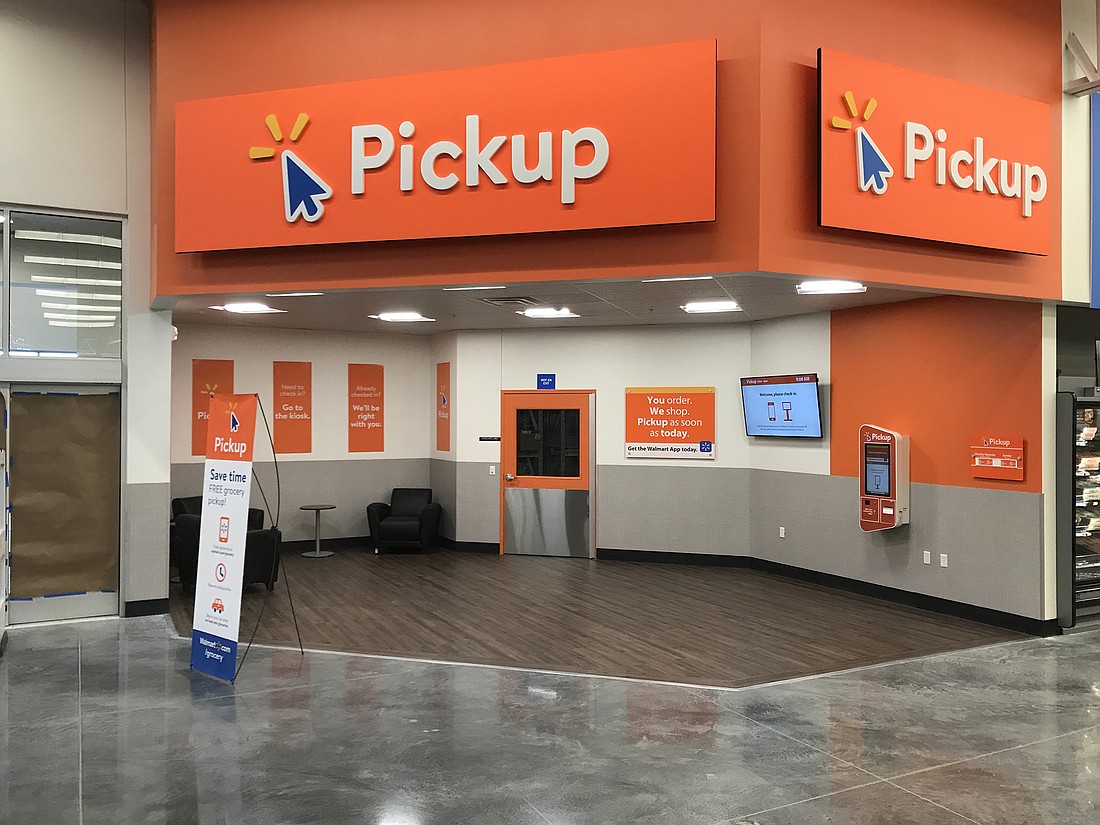
Amazon.com might not be pillaging the viability of brick-and-mortar retailers to the extent feared, but it has forced an about-face at storefronts and a transformational shift in warehousing and distribution.
“Everybody has to respond to the Amazon effect,” said Peter Anderson, vice president of development for Pattillo Industrial Real Estate, at a panel discussion Thursday.
Anderson joined Jason Ryals, Colliers International executive vice president; Luke Pope, executive vice president of the JLL real estate company; and Jonathan Heldebrand, chief investment officer of Sleiman Enterprises Inc.
Consultant and business coach David Sillick moderated “The Intersection of Industrial and Retail” discussion at the quarterly luncheon of the NAIOP Commercial Real Estate Development Association Northeast Florida Chapter.
About 130 people attended the event at the Jacksonville Marriott.
Ryals said storefront retailers are adjusting their footprints, especially the larger big boxes like Ikea, by building smaller stores and incorporating distribution at those sites.
Walmart Inc. refocused from building new stores to adding distribution, he said, noting that the company can convert some of its large Supercenters into warehouses for shipping.
Walmart responded to the e-commerce wave in early 2018 when it changed its legal name Wal-Mart Stores Inc. to Walmart Inc. to demonstrate what it said is its “growing emphasis on serving customers seamlessly however they want to shop: in stores, online, on their mobile device, or through pickup and delivery.”
“Retailing is not seeing a panic,” Ryals said, explaining that shoppers still do most of their buying in person rather than online.
Heldebrand said retailers also are morphing into “click and mortar” by providing in-store and online sales.
He disputed the assumption by some that Amazon killed retailers like Toys R Us. Not true, he said.
The hedge funds that bought the toy retailer overleveraged the deal, taking on more debt than Toys R Us could pay down.
Retailing, Heldebrand said, faces “multiple headwinds, not just Amazon.”
Anderson predicts a shakeout in the online distribution competition. Sooner or later, he said, Amazon will not be delivering an $8 package of socks for just $8.
Retailers are responding by offering experiences, not just sales.
The days of the stalwart department stores offering just merchandise must change, Ryals said.
He calls it “experiential” retailing and by example, said it’s as basic as Publix Super Markets Inc. giving cookies to children to keep them happy during the shopping trip.
“Retail is based on the experience,” Ryals said.
Heldebrand agreed.
“Nobody goes to St. Johns Town Center because they want to get a deal,” he said, referring to the central shopping district in Jacksonville’s Southside where Nordstrom, Tiffany & Co. and other retailers decided to open their only area stores.
Town Center area visitors are seeking an experience, he said, such as at the dozens of restaurants. The area also brought in Topgolf and the iFly indoor skydiving center.
Heldebrand said Sleiman Enterprises is remerchandising its retail centers to make them more experiential to increase a shopper’s “dwell time,” which is the length of the stay.
As much as retailing is affected, the logistics industry is being transformed.
“It represents the biggest fundamental shift in supply chain management,” said Pope.
Anderson said the industry sees the greatest expansion in industrial space and warehousing since World War II.
One-day shipping by the internet retailing giant means competitors, especially Walmart, are upping their games in providing quick delivery to customers who buy online.
That means companies are leasing or building warehouses closer to the populations they serve, and in some cases big ones.
Amazon.com opened two fulfillment centers in West and Northwest Jacksonville — one at almost 900,000 square feet and another at 1 million square feet. Among other companies that want ease of shipping to customers, Ulta Beauty Inc. is opening what it calls an e-commerce fast fulfillment center in Northwest Jacksonville.
That also increases jobs. Amazon said it would hire almost 3,000 jobs between the two fulfillment centers.
That also means areas must be able to produce the labor needed to staff the distribution centers. Pope said e-commerce facilities need many more employees than are required at traditional warehouses.
The panelists said Northeast Florida will continue attracting retail stores and warehouses as the population grows.
Asked what change each would like to see in the area, Heldebrand responded that Jacksonville could become a hub for first jobs, attracting college graduates.
Anderson said population growth is influenced by the quality of public education provided to children.
Pope wants to see the area embrace smart technology.
Ryals wants to know if new Jacksonville Jaguars quarterback Nick Foles is the right pick for a playoff run.